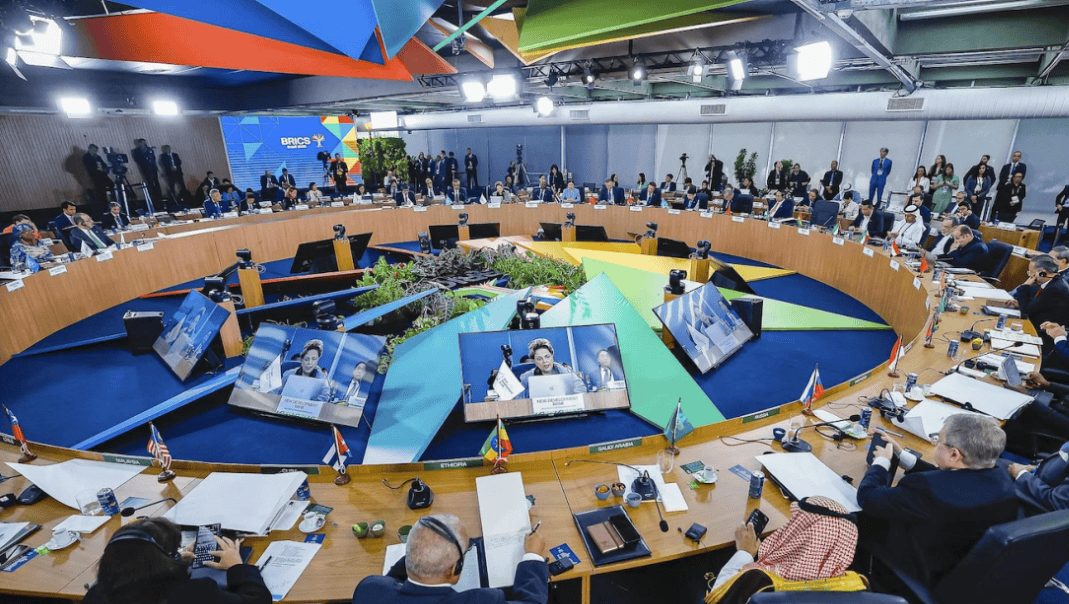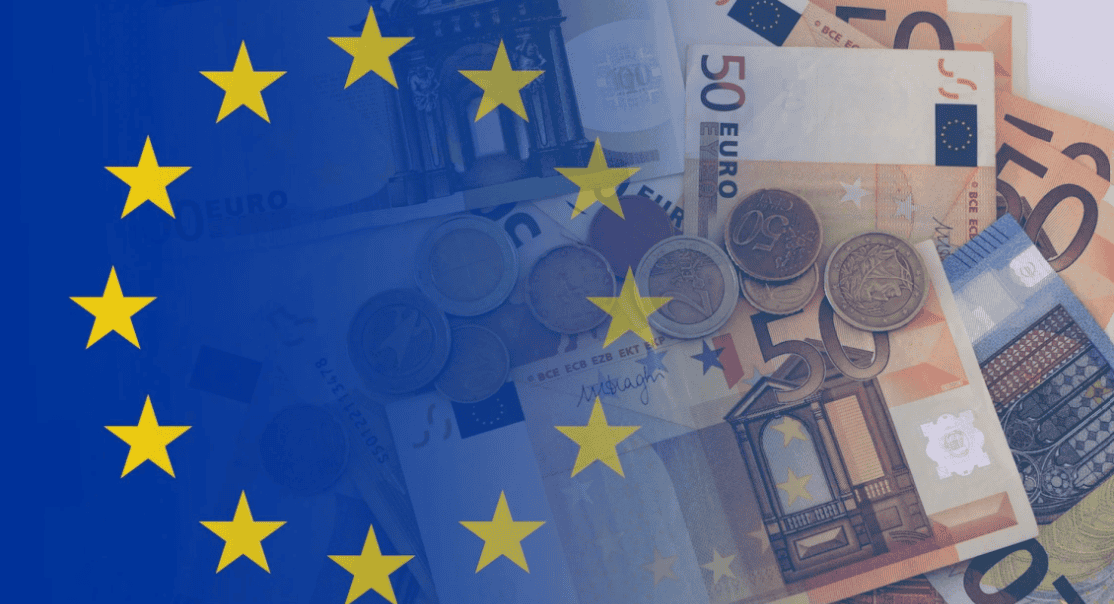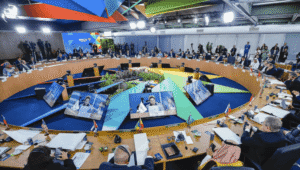In an attempt to encourage firms to decarbonise their activities, many countries have started to impose a price on carbon emissions. However, carbon price uncertainty is likely discouraging investment in decarbonisation. This column presents a market-based, high-frequency measure of carbon price uncertainty in the EU Emissions Trading System to help quantify this effect. The authors find that carbon price uncertainty is high, it varies substantially over time, and it experiences persistent shocks around major climate policy events. The effect of increases in carbon price uncertainty on firms’ decisions to decarbonise their operations is economically large and of a similar magnitude to the effect of a decline in the carbon price.In an attempt to encourage firms to decarbonise their activities, many countries have started to impose a price on carbon emissions. A carbon price is often implemented through establishing cap-and-trade systems. In such systems, regulators issue a limited number of permits to emit carbon. Companies then trade these permits among each other, creating a market price for carbon emissions and an incentive to decarbonise. Cap-and-trade systems cover about 18% of global emissions (World Bank 2023), with the EU Emissions Trading System (ETS) being the world’s largest such system.
While cap-and-trade systems allow regulators to achieve aggregate emission reduction goals without knowing firms’ abatement costs, they also introduce uncertainty about future carbon prices, since changes in economic activity, abatement costs, and policy choices all affect the supply and demand for emission permits. There is rising concern that such carbon price uncertainty will create incentives for firms to delay any decarbonisation investments. For example, a report commissioned by The Greens in the European Parliament states that “the extremely high volatility of carbon prices in the EU ETS, coupled with the vast excess of carbon allowances, […] entirely explain its failure to meaningfully contribute to climate change mitigation” (Hache 2022). Similarly, in a joint statement of 16 European energy firms, a CEO argues that “a carbon price floor would reduce volatility and uncertainty for any investor, which makes offshore wind projects without revenue stabilising mechanisms more viable and thus increases the speed of the urgently needed transformation to low-carbon energy systems” (EnBW 2018). In other words, emissions price uncertainty is of interest to industry and policy alike.
In this column, we summarise recent work of ours that has produced a novel high-frequency measure of carbon price uncertainty and use that measure to show that such uncertainty indeed has large negative effects on expected decarbonisation investments (Fuchs et al. 2024)
Measuring carbon price uncertainty
We call our measure of carbon price uncertainty the ‘Carbon VIX’, inspired by the popular VIX measure of US equity price uncertainty (Cboe 2023). The Carbon VIX is based on the prices of options on EU emissions allowances (EUAs). 1 Intuitively, when EUA options prices increase, this generally reflects higher uncertainty about the future price of EU emission allowances. Measuring uncertainty from options prices has three major advantages. First, EUA options are traded on financial markets with a high annual trading volume of around €10 billion in 2022. Thus, option prices yield a market-based measure that aggregates the dispersed information of all market participants. Second, EUA options are traded every weekday, thus yielding an uncertainty measure that is available at a daily frequency. And third, the information in options prices is forward-looking. As a result, the Carbon VIX reflects expected carbon price uncertainty, which is the measure that should enter firms’ investment decisions.
Figure 1 shows the Carbon VIX, annotated with selected market events. The EU ETS underwent a major reform in 2013, marking the start of our sample. Subsequently, carbon price uncertainty gradually decreases as the new market is established. Uncertainty spikes around the Paris climate agreement in late 2015 and partially resolves in early 2017, after the European Parliament voted for large supply cuts to align emission reduction targets with the Paris Agreement. In 2018 the introduction of a market stability reserve first creates and then resolves price uncertainty. While these first four spikes in the Carbon VIX relate to the supply of emissions allowances, the last three spikes can be attributed to demand-side events: Covid-19, the Ukraine war, and the energy crisis.
Figure 1


Decarbonisation investment
The high level of and substantial variation in the Carbon VIX suggest that carbon price uncertainty might impact firms’ investment decisions: once a firm invests into a project to reduce its carbon emissions, it would be costly to reverse that decision. Therefore, even if carbon prices were sufficiently high to make a decarbonisation investment profitable, firms might delay such an investment in the face of high uncertainty about future carbon prices. To quantify such effects, we need a measure of decarbonisation investments.
We construct a high-frequency measure of expected decarbonisation investment via the stock returns of firms that provide goods and services that help other firms decarbonise. The intuition is that these ‘carbon solution providers’ benefit when other firms increase their decarbonisation investments. If investors expect spending on decarbonisation activities to increase, this expectation would be reflected in higher stock returns of carbon solution providers.
To identify these carbon solution providers, we first identify common decarbonisation activities from survey information on firms’ initiatives to reduce their carbon emissions. We then identify companies that provide the goods and services required to undertake such activities.
Figure 2 displays the most common types of decarbonisation activities. These include investments in renewable energy, the prevention of waste energy and various industry-specific solutions. Based on textual descriptions of the products and services offered, we identify a set of about 200 European publicly listed carbon solution providers, such as Waga Energy SA, who develop biomethane projects for the energy transition.
Figure 2


Figure 3 plots the changes of expected decarbonisation investments on carbon price returns (left panel) and Carbon VIX changes (right panel).
While expected decarbonisation investments vary positively with carbon prices, they vary negatively with carbon price uncertainty. The negative effect of carbon price uncertainty on decarbonisation investments is economically large and of similar magnitude as declines in carbon prices: a 10 percentage point increase in carbon price uncertainty has a similar impact on expected decarbonisation investments as a €11.2 decline in the carbon price.
Figure 3


Policy implications
Carbon price uncertainty in emission trading schemes is high and has substantial negative effects on firms’ decisions to decarbonise their operations. In addition, carbon price uncertainty at least partially stems from uncertainty about the future supply of emission allowances. Therefore, we conclude that, besides raising carbon prices, policymakers have an important second lever to accelerate the carbon transition, namely, reducing carbon price uncertainty.
Source : VOXeu



































































